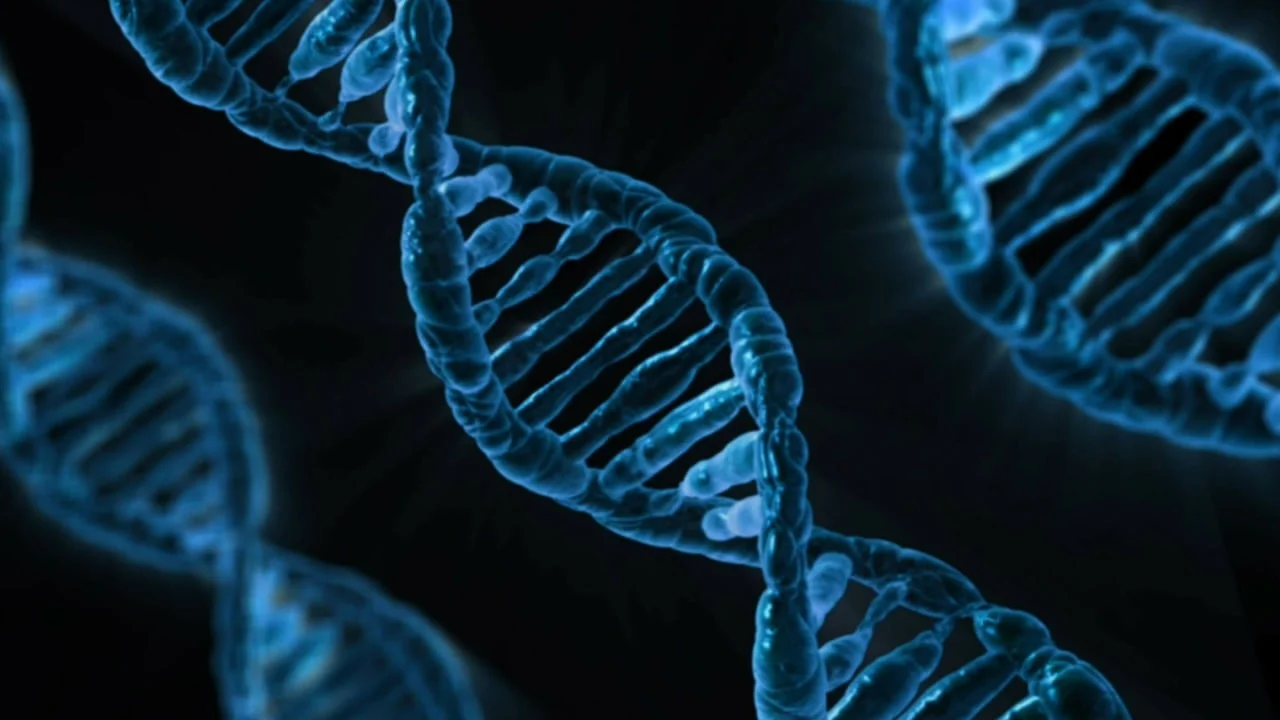The theory of evolution, put forth by Charles Darwin in the 19th century, has revolutionized our understanding of life on Earth. From natural selection to modern genetics, we delve into how species change and adapt over time. We debunk myths, explore scientific advancements, address frequently asked questions, and conclude with a perspective on the evolutionary journey.
H1: The Foundations of the Theory of Evolution
In 1859, Charles Darwin launched an intellectual missile that would forever transform biology and our notions of life in his magnum opus, "On the Origin of Species." In an era dominated by belief in divine creation, Darwin challenged norms by proposing that species change over time in response to their environment. This concept sparked unprecedented scientific and social debates, heralding the dawn of a new era in evolutionary understanding.
Genes and Adaptation: The Driving Force of Evolution
At the core of the theory of evolution lies genetic variability. Genes are the fundamental building blocks of biological inheritance, and mutations in these genes can trigger changes in an organism's traits. Natural selection comes into play when individuals with advantageous mutations have a greater likelihood of surviving and reproducing, passing on their beneficial traits to future generations. This ongoing process of adaptation propels evolution.
Evolution Is Not a Linear Path

A common misconception about the theory of evolution is that it implies a linear and hierarchical progression, where species evolve in an orderly fashion towards more advanced forms. However, evolution is a network of intertwined pathways. Some species may remain relatively unchanged for millions of years if their environment remains largely stable, while others might experience rapid changes in response to shifting environmental pressures.
The Fallacy of "Missing Links"
Another persistent myth is the notion of "missing links," supposed fossils that should seamlessly bridge transitions between different groups of organisms. However, the fossil record is incomplete, and fossilization is a rare process conditioned by specific environmental factors. Despite this, over the years, numerous fossils have been discovered that provide robust evidence of evolutionary transitions, undermining the idea of "missing links."
Evolution in the Present Day
While Darwin laid the groundwork, subsequent scientific breakthroughs have enriched our understanding of evolution. Modern genetics has enabled us to dissect the underlying mechanisms of variation and inheritance. The modern synthesis of evolution, which melds Mendelian genetics with Darwinian natural selection, has provided a comprehensive framework for understanding how genetic changes accumulate within populations over time.
Frequently Asked Questions (FAQs)
Does evolution mean humans descend from monkeys?
Not exactly. The theory of evolution suggests that humans and monkeys share a common ancestor at some point in evolutionary history. Instead of directly descending from modern monkeys, humans and monkeys share an ancestral lineage that diverged in different directions over time.
Does the theory of evolution deny the existence of a creator or divine design?
The theory of evolution focuses on the natural mechanisms driving change and diversity in species over time. It does not directly address the question of the existence of a creator or divine design. Many people see evolution as part of the creation process and find harmony between science and their religious beliefs.
Does the theory of evolution apply only to large living organisms?
The theory of evolution applies to all living beings, regardless of size. From bacteria to whales, all organisms are subject to the principles of evolution through genetic variation and natural selection. Even at the microscopic level, genetic changes and adaptation are fundamental to survival and evolution.
Conclusion: A Glimpse into the Evolutionary Journey
The theory of evolution, from its humble beginnings with Darwin to contemporary scientific inquiries, has revolutionized our perception of life and its diversity on Earth. By demystifying misconceptions and embracing scientific advancements, we have learned that evolution is not just a natural process but also a testament to the constant adaptation and change within the biological world. As we explore the past and confront current challenges, we embark on a future where the theory of evolution remains a guiding light in our ongoing journey of discovery.
As we reflect on this journey, we're reminded of how intricately linked our world is to the cosmos. Just as the theory of evolution unravels the threads of life's tapestry, the Theory of the Big Bang unravels the very fabric of the universe itself. If you're intrigued by the grand symphony of existence, you might find it captivating to delve into the cosmic origins explored in our article on The Big Bang: Unveiling the Universe's Birth.
Reference:
- National Oceanic and Atmospheric Administration
- To understand the difference between a theory and fact, see this National Academy of Sciences website.
Deja una respuesta


IMPRESCINDIBLES DE LA SEMANA